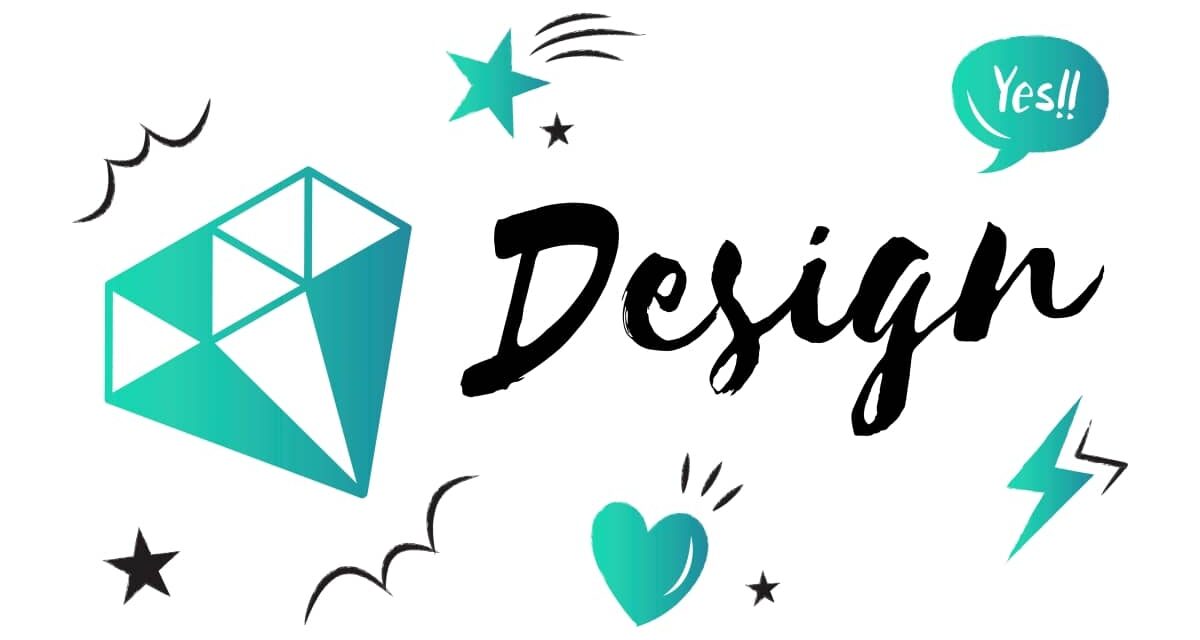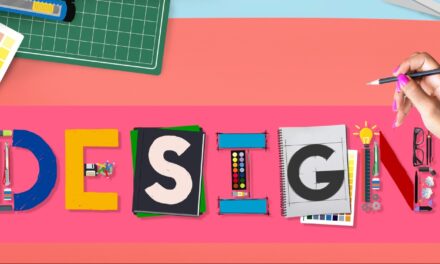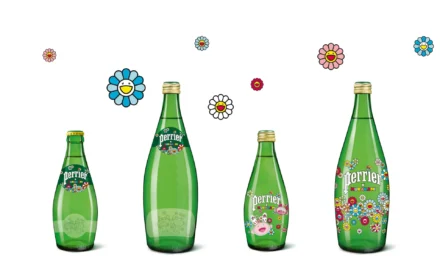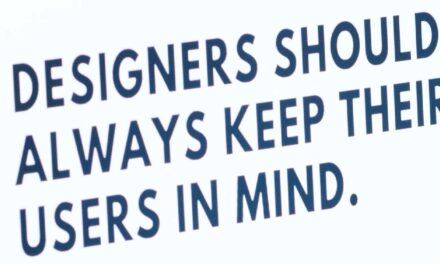Has you ever happened, in the middle of a project, to have a great idea and which would be very useful for the solution you and your team are being developing? But do you realize that the integration of this idea in the project would make you superfluous of previous hours of work? Or maybe you are struggling to limit your research and ideas to a unique and targeted solution? The double diamond is designed not only to help you generate innovative ideas and concentrate your efforts, but also to put these activities back in their place in chronological order. Thus, your team never returns to their steps, does not throw good ideas and do not lose the thread. In this article, we will go into the details of the double diamond and detail each of the four stages that compose it. What is the double diamond model? Referenced in the 1960s, the double diamond model represents the process of designing ideas in a visual card. It is made up of four stages to which all tasks must be attached throughout a design process: discover, define, develop and deliver. In other words, the area inside each diamond represents the extent of the reflection which must be adopted during the design of an initiative. The wider the diamond, the more ideas and research must be open to interpretation. At the same time, the singularity points of the model should allow the “designer” to have total confidence in the conclusions he has drawn, from which the communication of a proposal must be unambiguous in detail. Here are the 4 steps of the double diamond: to discover – the process begins with a questioning of the challenge to be met and quickly leads to a search aimed at identifying the needs of users. Defining – The second phase is to give meaning to the results, understanding how user needs and the problem line up. The result is the creation of specifications which clearly defines the challenge on the basis of this information. Develop – The third phase is to develop, test and refine several potential solutions. Delivering – The last phase consists in selecting a single solution that works and preparing it for the launch. When to use the double diamond technique? Double diamond is a technique that can improve your design process, your product development process, and provide a framework for practical design methods, such as the user's route mapping and Persona profiling. The creation process is generally complicated, the objective of double diamond is therefore to be able to simplify it and make it understandable by all. Designers can work on problems and solutions The big idea of double diamond is that the problem is just as important as the solution. Designers are generally known for their ability to solve problems. But they do much more than that, and the double diamond shows that there are two separate activities in design: the search for problems and problem solving. What is great with the double diamond is that even if you've never heard of it, you probably already use it. This model has resisted the test of time because it is simple and clearly communicates the design process. How to use the double diamond model? We suggest that you use a model as a starting point. It is very simple to find one on Google Image by typing “double diamond model”. So it will guide you through the four key stages of the design process. To help you, we have listed the details of each stages of the model. They are to be found below: Step n ° 1: The discovery The first quarter of the double diamond model represents the start of the project, when designers try to make a brainstorming, to think differently, to notice new interesting things and to collect loose ideas. At this point, you must focus on identifying, researching and understanding the initial problem of users you want to attack. It is here that divergent thought must be applied, which means that you must open your mind and consider everything you know about your customers, without constraints or prejudices. Not so easy is it? The best way to get there is to go and talk to customers directly, interview them, watch them use your products, listen to what they say online and offline and learn everything you can about their habits, their needs and their difficulties. This exercise will help you develop a deep empathy towards them and provide you with “flesh” to write empathy cards, customer journeys and persona. Step n ° 2: The definition The second part of the model is the definition step, during which designers intend to give meaning to all the opportunities found during the discovery phase. Now that you have understood what customers feel and do, start using convergent thinking. At this point, you must draw up a short list of the problems you have selected during step 1 and define a clear problem that you intend to solve, focusing on specific experiences in the customer's journey. We suggest that you take pleasure in their experiences as well as the painful points. As a team, you can vote and classify the areas that need a quick solution. Step n ° 3: development The third part of the double diamond model represents the period when real solutions or concepts are developed, prototyped, tested and iteric. This test and error period helps designers refine their ideas. You have now spent more than half of the double diamond. It's time for you to decide the problems you will try to solve. Practice divergent thought here too, open your mind and generate a list of various, creative and daring ideas. Brainstorming as a team and holding as many as possible as many of them, the quantity to do on quality. Step n ° 4: Delivery This last quarter of the double diamond is the proper delivery stage, during which the final concept is completed, evaluated, delivered and deployed. The time is again for convergent reflection, to help you focus on what can be delivered with data resources and on solutions that can meet the needs of your customers. Vote and select the key areas that require a solution, then finish filling the model. To consider a site based on the double diamond model, it may be relevant to mobilize the expertise of a web design agency.
The double diamond model: what is it?





